Kate Unsworth on creating a future beyond the screen
Kate Unsworth: future beyond the screen
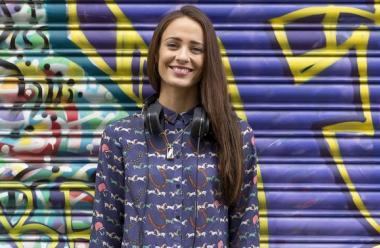
Part research lab, part design studio, Vinaya use technology to create wearable technology products for a more mindful generation. As CEO and one third of the founding trio, creative technologist Kate Unsworth is the go-between the scientific and creative departments at Vinaya.
Employing 40 people across London, New York and San Francisco Vinaya have raised $4.5M in seed funding so far with big-name investors including Net-a-Porter co-founder investor Carmen Busquets and American Venture Capitalist Eileen Burbidge. Their first product line ALTRUIS is a line of designer smart jewellery that filter smartphone notifications to notify the wearer of only the important messages through subtle vibrations.
Vinaya’s growth strategy to date far favoured a grassroots and community-minded approach as opposed to traditional advertising, fostering a company culture that lives and breathes the brand whilst creating an environment for ideas, experiments and conversations that ripple out to thought leaders beyond the walls of Vinaya House.
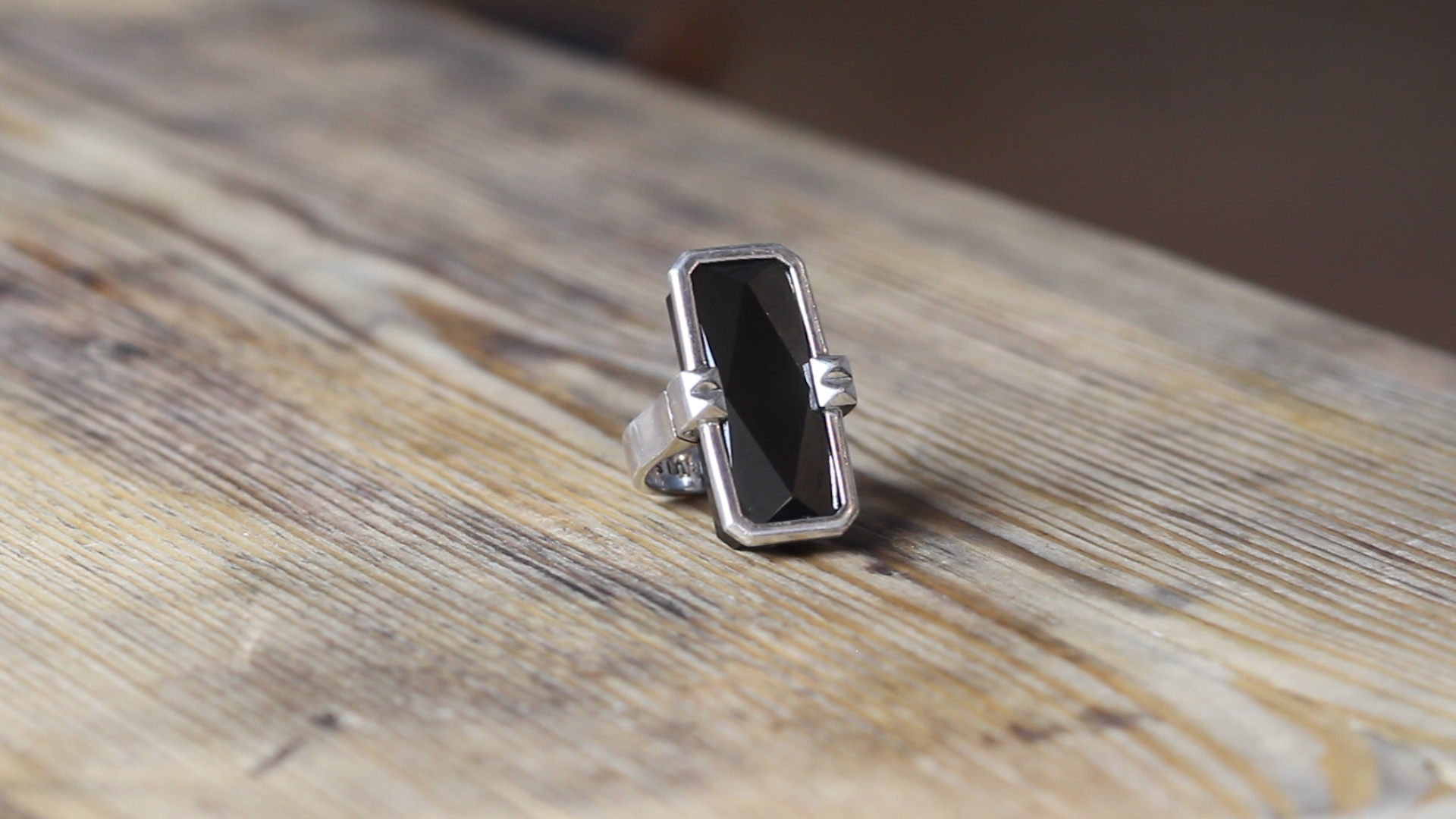
So tell me about your personal background?
I grew up as a musician with a passion for anything to do with music and rhythm. Through that, I discovered a love for mathematics because there’s lots of relationship between numbers and music. I ended up studying mathematics at university and part of my degree was coding, which became my route into the technology space. Since then, I have always seen myself as a creative technologist. I then worked for Accenture as a tech consultant for a few years, when I got inspired with the idea for Vinaya.
So where did the idea for Vinaya come from? So it struck you while at Accenture?
I was working as a management consultant in an environment where I was online 24/7 and completely addicted to email. I would see friends for dinner after work and halfway through a sentence I would get distracted and check my email.
My boss would say to me, go offline, stop working so hard but I couldn’t do it. I was in this rhythm and at the age of 23, approaching burn out. I soon realised that my smartphone was beginning to have a negative impact on my ability to connect with people on a personal level. I didn’t like the person I was becoming.
So I went offline for a two week digital detox, like you would if you were addicted to alcohol or something and during that period I slept better, was less stressed and enjoyed conversations with people. I realised that this is what life's all about. So I got to the end of those two weeks and I just thought, I can’t go back to how I was living before.
“No matter how strong willed I was, it just didn’t work, but I didn’t have the tools I needed.”
So I set all these rules for myself – I am not going to take my phone in the bedroom, I am not going to use my phone at dinner, I am only going to check emails three times a day. But no matter how strong willed I was, it just didn’t work, because I didn’t have the tools I needed. I needed help managing that relationship and the tools did not exist.
That was where the idea originated. I felt the need to build something that allowed me to stay connected to the most important things, but silence all the noise. So the question was: how do we build something that puts the power back into the user’s hands and gives them control over how connected they are?
Why Jewellery? Did you explore other items or wearables?
It had to be something on you that could get you away from your phone, because as soon as you get onto the phone you are sucked into that vortex. So the idea was almost fully formed on day one: the solution was going to be a beautiful, wearable piece of technology that filters the digital noise.

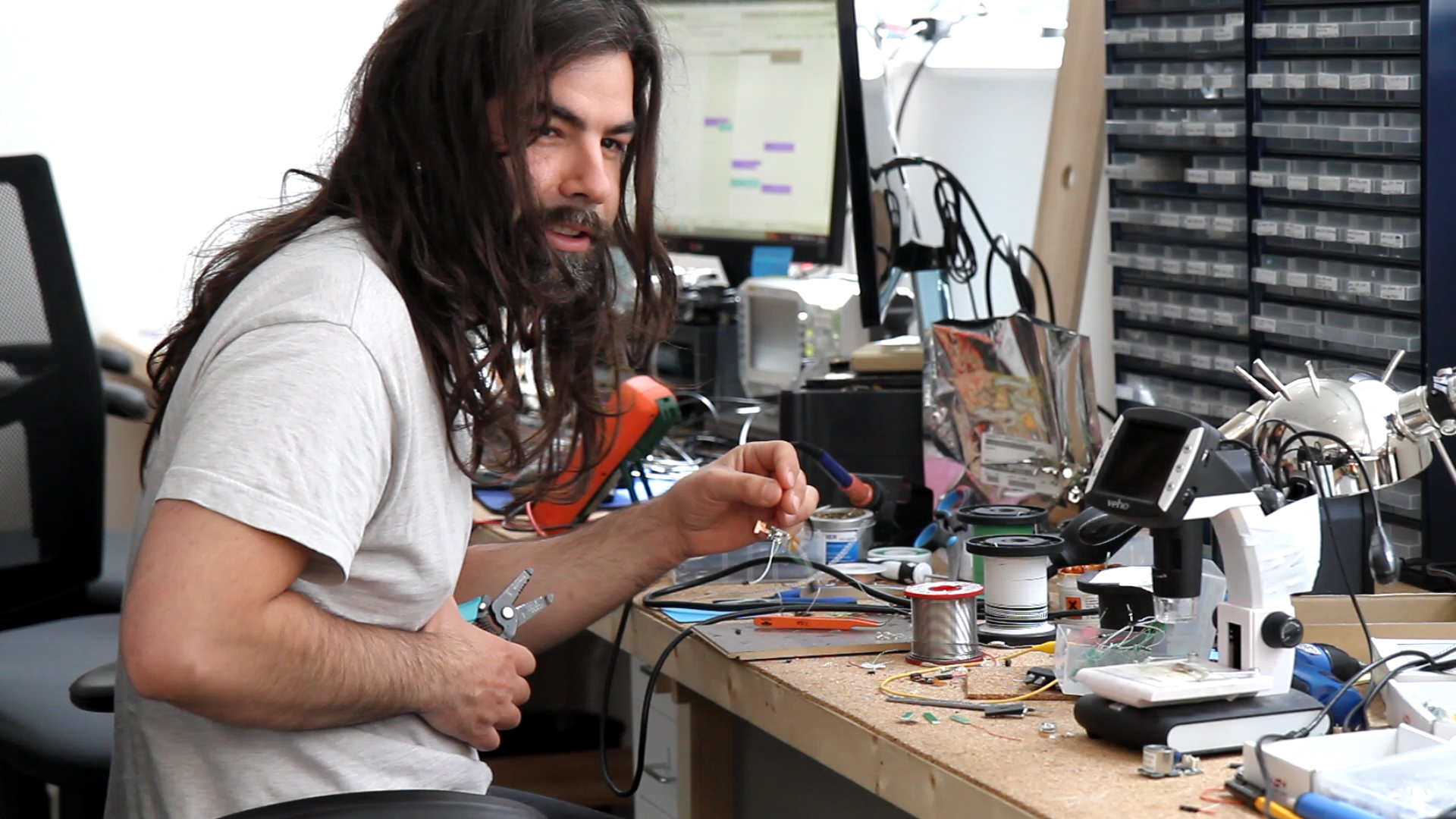
And could you tell me a little bit about how your lab and studio collaborate together?
We like to describe our company as both a lab and a studio that collaborate together to create our products. Our lab is made up of psychologists, neuroscientists and anthropologists who are responsible for asking the big questions about the modern human condition and our relationship to technology. Their research in their respective fields is synthesised and filtered through to our tech and product development team.
“She said this is what people say they do, and this is what they actually do.”
For example, we have a full-time digital anthropologist, and on her first day we shared with her what we had learned about our users' behaviour from holding focus groups. She offered to test that, going away for a week to do ethnographic research. She said look, this is what people say they do, this is what they actually do... which made us realize we might be building the wrong product. This goes to show the importance of testing and validating what we want to be building.
Our studio is how we describe the work we do across designing, building and testing the products, as well as building the brand.
And so what are you trying to challenge? What conventions or norms in the world does Vinaya see as problematic?
The most important thing for us is designing technology we can interact with, in a way that doesn’t detract from real life. What that really means is figuring out how we can innovate in a way that helps technology fade into the background.
The way that we interact with our technology is usually through a screen, and in my opinion, a screen is the most dated user interface that we could use. When we think about the origins of consumer technology, the primary way for us to interact with that technology has always been through a screen and it’s mind blowing that we have not moved on from that yet.
“A screen-less future doesn’t mean less technology or going offline”
Studies have shown that our sight is the sense that pulls our train of thought off course most strongly. As soon as you look at a screen, that is where your attention goes, unlike the sensation of touch or vibration.
A screen-less future doesn’t mean less technology or going offline. It is a plea to product designers be smarter about the way we design our technology, so that it's less invasive. It's a way of figuring out how to make the screen fade into the background, but still enable us to communicate using technology. It's a way of creating more human-focused products that are less likely to break real life human connection.
So how have you tried to get your message out there?
We do a lot offline, as it’s true to our brand. So for us it is really important to build a community. We put on a lot of grassroots events for our community – we refer to them as our tribe. We host debates on data privacy and artificial intelligence or human connection or we have an experiments room where our neuroscientists get people in and put brain scanners on them understand how their brains react to certain things and we do that in all different cities – New York and LA and Vancouver and Berlin.
“We rely heavily on the team weighing in and generating ideas that are exciting enough to have a ripple effect.”
We want to be the educators in this space. We want to be able to build this scientific brand, but we don’t feel we need to prove that we have all the answers just yet. Our brand lives and breathes and shares with people a life they could lead. It is not about selling product – it really is about exploring how we can achieve this more human-focused future together.
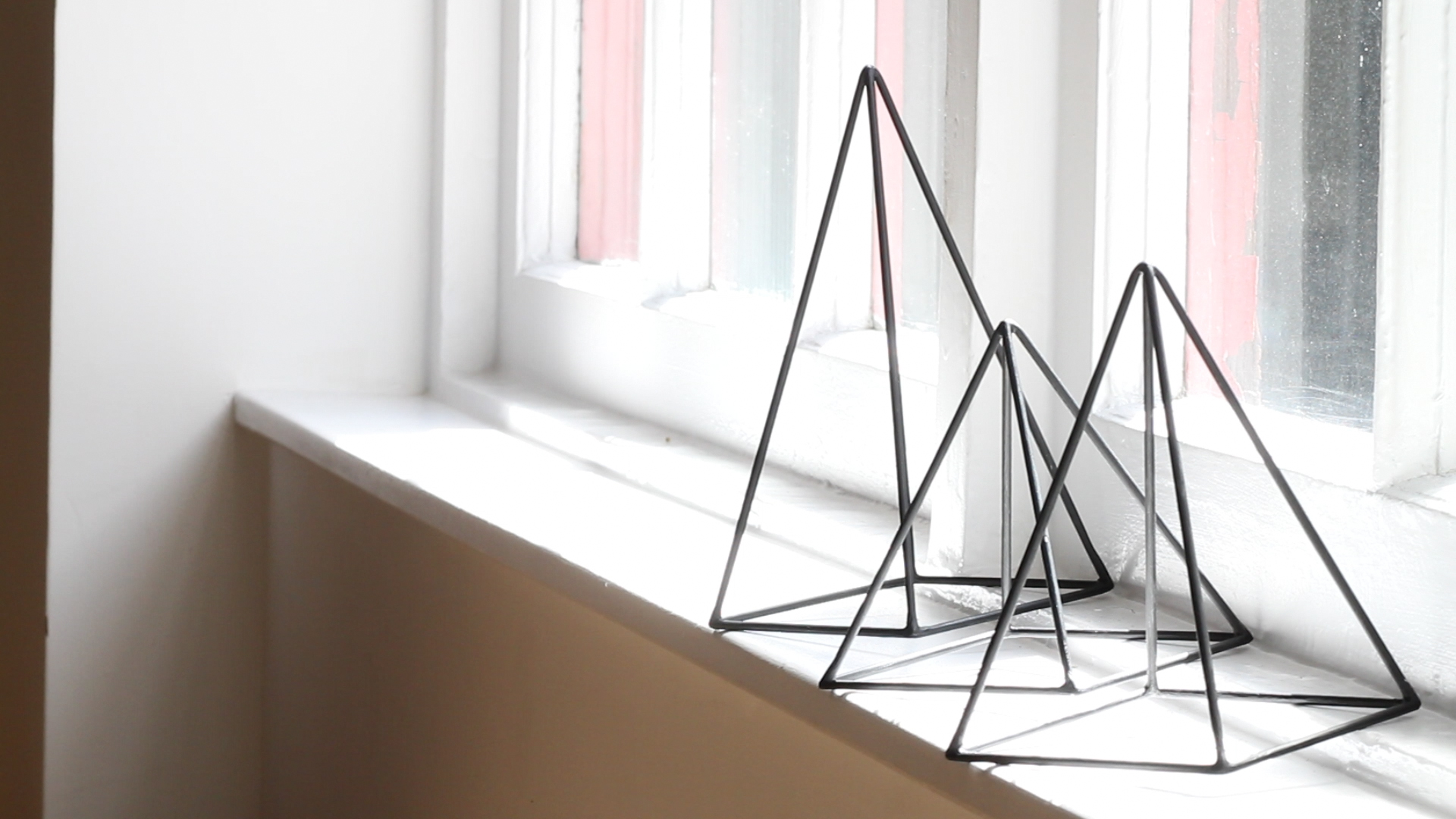
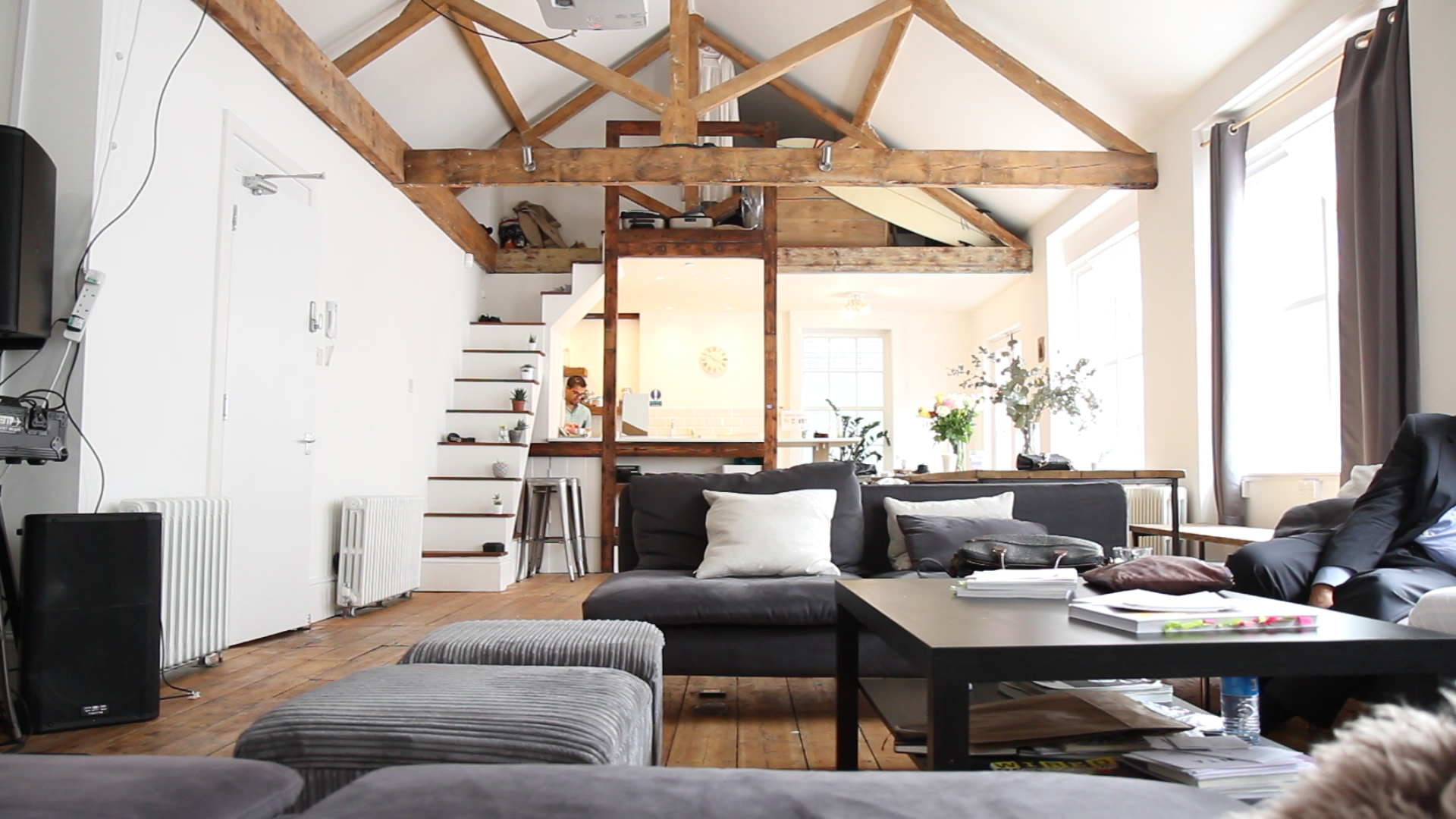
So we rely heavily on the team weighing in and generating ideas that are exciting enough to have a ripple effect. That is the way we spread our message as opposed to traditional advertising.
For this next phase, we will need to focus on amplifying the brand, which is where it starts to get more complex because we want to protect our mission and message. We often talk about being mindful about the way that we approach people and not just bombarding them, which is a challenging balance to strike right. How do you communicate with the type of people who actually want to be offline?
How has that belief in digital balance manifested itself in the company culture here?
In our culture, it is important to give people space from work and their digital lives when they need it. We've created quite a relaxed work environment where the people who work better in the mornings come in early and leave early; the people who work better in the evenings come in late and leave late.
“People have different ways of finding their digital balance.”
In terms of digital communications, we moved all our internal messaging from email to Slack and employed certain rules to make it more of a 'pull' communication tool, which has improved communication throughout the team.
We also have a 'VINAYA silence' time every day at 4pm, where whoever feels the need gathers on the sofas of the top floor of our office to meditate, close their eyes or sit silently for 15 minutes. Its become harder to make this a team-wide effort as the team has grown, but the important part is to respect that people have different ways of finding their digital balance.
We often hear from challenger brands who breakthrough because the rest of the category has become so dependent on an existing path it has limited all innovation. Do you see a path dependence on the use of screens within wearables?
Yes, there is definitely a path dependency on the screen in the wearable space and that is why we are really taking a stand by saying we aren't going down that route. Our wearables will never have a screen, though they do communicate with an app on our smartphone, which we have designed to require as little friction, distraction and time possible. In fact, one of our features of the VINAYA app is a dashboard that shows the user how much time they've saved by filtering their notifications and how they've spent their time on their smartphone, with the purpose of helping them build more balanced digital habits.
“Fashion and arts colleges are finding ways of making fabrics change colour when you experience certain emotions”
In my opinion, putting a smaller version of your smartphone on your body is not an innovative solution. Where I'm noticing smarter design solutions are from design companies, rather than tech companies. Fashion and arts colleges are finding ways of making fabrics change colour when you experience certain emotions or when you walk into an area with more pollution.
The difficulty there is that in terms of building a business, where you can raise money tends to come down to more standard, consumer-driven type products rather than the really innovative stuff. But that is converging– and the more very creative people get to sit in a room with very technical people, the more likely we are going to be reaching that type of solution sooner.
We talked about one of the qualities of challengers is them being unafraid to polarise. Are you comfortable with the idea of turning off some people?
If you are the type of person who wants all of your communications to come through to your Smart Watch so you can read them in real time, that's great, but you are not who we are speaking to. We are trying to shift the etiquette by going against the status quo, so it is polarising in some ways, but I am okay with that. If we weren’t to stand for that we would be diluting the brand.
Do you think you will always be within jewellery or could you move into other categories?
Ultimately, the success of this business relies on our ability to create tools that can pull and analyse your data, learn about your behaviours and guide the user toward building better habits. That data could be pulled in from any product, whether a piece of jewellery or something that sits on your desk, or worn somewhere entirely different on your body. So there are lots of opportunities for us to expand our products beyond smart jewellery.
#3BitsofAdvice
Kate Unsworth on improving work / life balance
1. Set your own digital boundaries. Whether that is not taking your phone into the bedroom with you or not having it at the dinner table.
2. Only check your email twice a day. Figure out when is the most appropriate times for you and make sure that other people understand that you are not checking throughout the day.
3. Lastly… am I allowed to plug the product? Sure. Ha! So use our product, Altruis allows you to filter out all the digital noise, but keeps you connected to the important things, so it really does allow you to be present with the people you love in your personal life.